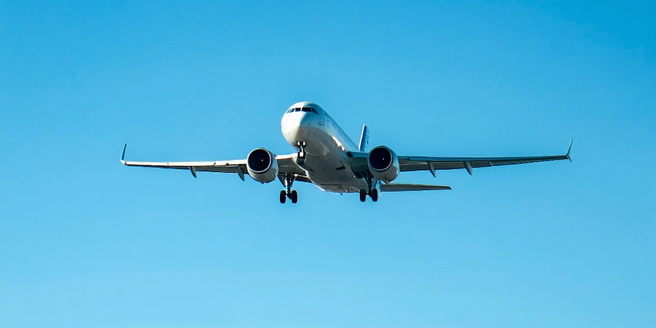
Understanding Wind Resistance in Aviation
Wind resistance, or drag, is a crucial factor in aviation that affects an aircraft’s speed, fuel efficiency, and overall performance. Understanding the principles of aerodynamics and how air flows over the aircraft’s surfaces can help engineers minimize drag. Advances in technology and research continually drive the improvement of aircraft designs. Engineers and designers strive to develop streamlined structures and explore innovative materials to reduce this resistance. Wind resistance impacts not just commercial travel but also freight transportation and military applications. By comprehensively understanding wind resistance, aviation professionals can ensure more efficient operations, decrease fuel consumption, and enhance safety standards in aviation.
The Role of Aerodynamics in Aircraft Design
Aerodynamics plays a critical role in the engineering and design of aircraft. An aircraft’s shape and structure must be optimized to manage airflow efficiently, reducing drag and consequently improving fuel efficiency. From the curvature of the wings to the alignment of the fuselage, each aspect of an aircraft is engineered with aerodynamics in mind. This careful design consideration enables planes to achieve optimal lift while minimizing energy costs. Advanced computational models are often employed to simulate airflow patterns and improve design accuracy. Engineers continually seek innovations in aerodynamics to push the boundaries of speed and efficiency, which is crucial for both commercial and military aviation.
Materials and Technologies for Reducing Drag
Advanced materials and cutting-edge technologies are instrumental in reducing drag on aircraft. Innovative composites and lightweight alloys help streamline the structure and diminish air resistance. With every breakthrough, the aviation industry takes a step closer to achieving its sustainability goals. Designers are also exploring the use of micro-textured surfaces that mimic the efficiency observed in nature. These solutions aim to enhance aerodynamic performance without compromising on structural integrity. The focus on material science and technology is at the forefront of developing aircraft that are not only faster but also more fuel-efficient, paving the way for sustainable aviation.
Innovative Wing Designs for Wind Resistance
Wing design is pivotal in managing wind resistance. New approaches to wing configurations, such as blended wing bodies and adaptive wings, have shown promise in reducing drag. These innovative designs allow for better airflow over the aircraft, ultimately increasing efficiency. Additionally, the integration of smart materials into wing structures is enabling even greater adaptability during flight. The concept of adaptive wings that can change shape in response to different flying conditions is a groundbreaking development that could revolutionize aircraft performance. By continually refining wing designs, engineers can optimize lift-to-drag ratios and improve overall flight dynamics.
The Importance of Testing in Wind Resistance
Testing is a fundamental aspect of reducing wind resistance in aircraft design. Wind tunnels and computational fluid dynamics (CFD) are essential tools used to simulate and analyze airflows around models. These assessments provide engineers with valuable data to refine designs and make informed decisions. The continuous advancement in CFD technology has further enhanced the precision and reliability of these simulations. Rigorous testing ensures that theoretical improvements translate into real-world benefits, enhancing the efficiency and safety of aircraft. By prioritizing comprehensive testing, aircraft can be designed to withstand varying conditions while maintaining optimal performance levels.
Future Trends in Wind Resistance Engineering
The future of wind resistance engineering in aviation is geared towards sustainable innovations and technological advancements. Upcoming trends include the integration of AI and machine learning to predict and optimize aerodynamic performance in real-time. These technologies offer the possibility of unprecedented efficiency and adaptability. As these technologies become more sophisticated, they promise to revolutionize how aircraft are designed and operated. Additionally, there is a growing focus on the development of green aviation technologies that aim to minimize the environmental impact of air travel. By embracing these innovations, the aviation industry moves towards a future where aircraft are both efficient and environmentally responsible.
